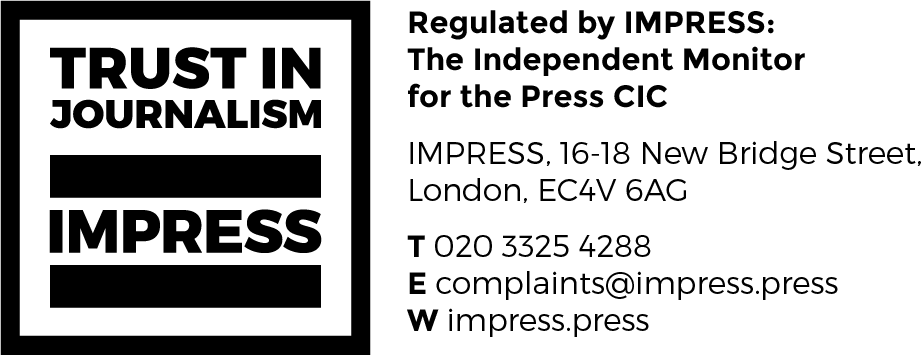‘Less cluttered competitor landscape’

SONY DSC
Buying any insurance is rarely fun. But anyone looking for yacht insurance in the last three or four years has had to get used to much higher rates.
The good news is that the rate of increase has begun to slow. “Given each yacht is unique, different yachts have experienced different levels of pricing increase. Some of that is to do with the rates they began on – and if you started high then you had less ground to make up to reach sustainable pricing,” said Ben Lind, senior underwriter, AIG.
The pandemic has not directly impacted rates, according to Lind, “The fleet hasn’t shrunk and there is sale and purchase activity out there. For AIG, it has certainly been a message of stability in our product, appetite and approach.”
There had been some fears reported that there may be a lack of insurance for superyachts in 2021, Lind does not think this is the case. One potential challenge he notes relates to ‘risk selection’.
“The market now consists of those who are committed to the business and are long-term players. And they are choosing what they view are the best risks to write. So to maximise the options available to you, it is important to present your risk well,” said Lind.
Billy DeRose, senior yacht underwriting specialist, AIG told SYI: “Another way to make your yacht more attractive to insurers is to improve the risk management steps you take. AIG looks to support our clients in this manner through our yacht risk management team and services offered to US clients like storm planning assistance and lightning protection system recommendations.”
Both Lind and DeRose highlight that underwriters are more concerned about hurricanes, tropical storms and other catastrophic risks.
“Hurricane exposure and preparedness is at the forefront of underwriting yachts in much of the US. A growing unpredictability around these large storms has led to a reduction in the capacity available for CAT exposed yacht risks,” said DeRose.
Risk sharing with owners
Is the new trend for explorer vessels and the far-flung, higher risk locations they travel to creating headaches for insurers? “Of course, there is increased risk for us. If something goes wrong travelling in a 70m-80m yacht on their trip off the coast of Greenland, the salvage bill could well be a heading toward 30% of the yacht’s value.” To offset this risk, Paul Miller, director of underwriting, Millstream Underwriting said he is seeing insurers risk sharing with owners, for example there could be 50% deductible on salvage claims.
“Most owners are prepared and are trying to do things the right way,” said Miller. However, Millstream is seeing people wanting to travel to polar regions in standard hull vessels without ice class – a risk an insurer understandably does not want to take. “There shouldn’t be any ice when they do travel there, but you never know do you?”
Risks will always be an insurance brokers’ bread ‘n butter and, risk or no risk, a resurgence in the yacht market is more than welcome. Since the middle of last year, sales have picked up and not dropped off according to Miller. “Is it a resurgence in yachting?” he posed. “We’d all love to think so wouldn’t we? I think. But people are wanting to get onboard with their families, so let’s see.”
Insurers are always happier to see boats in the water and being used, particularly bigger ones.
“At the moment we are really busy. A lot of boats are changing hands, people seem to feel that yachts give some isolation for them and the family [away from the pandemic]. We’re seeing people who normally might cruise for two or three weeks a couple of times a year go for extended periods,” said Miller.
Millstream’s busiest area so far in 2021 has been the €10m-€40m ($12m-$48m) value bracket, including numerous 30m-50m (98ft-164ft) new deliveries. “The issue is that bigger boats often don’t get delivered on time. However, I get the impression there are an awful lot of owners who are keen to get their hands on their boats the moment [they are permitted].”
Numerous 30m-50m deliveries
On larger vessels the insurance premium is not usually impacted by the owner’s experience; given he or she doesn’t take command of it. Also, the vessel is often managed through a corporation and in that respect it would be impossible to tell if it was a new entrant. However, at the smaller end of the market, at the 20m (60ft) mark, Miller reports real activity.
“Boats under £2m ($2.7m) in the UK, a Princess or a Sunseeker, are selling really fast at the moment and there’s some talk of dealers being out of inventory by June or July. Which is quite a change from where we were.”
At A-Plan Marine Insurance, based out of Parkstone, Poole, in southern England, the business has grown over the past year. The company focuses on the smaller end of the market, as well as the marine industry more generally. Yvonne Hall, A-Plan’s Marine account manager, told SYI: “Our business has grown substantially because of the pandemic. There has been no negative impact whatsoever. There has been no change to insurers’ willingness to provide cover.”
Whether people will look to sell these vessels on, given the market is strong, is difficult to predict, but Miller does think opportunities could be taken elsewhere. “I certainly think there will be some people who will take the opportunity while the market is potentially strong to sell the boat they’ve had for a couple of years.”

